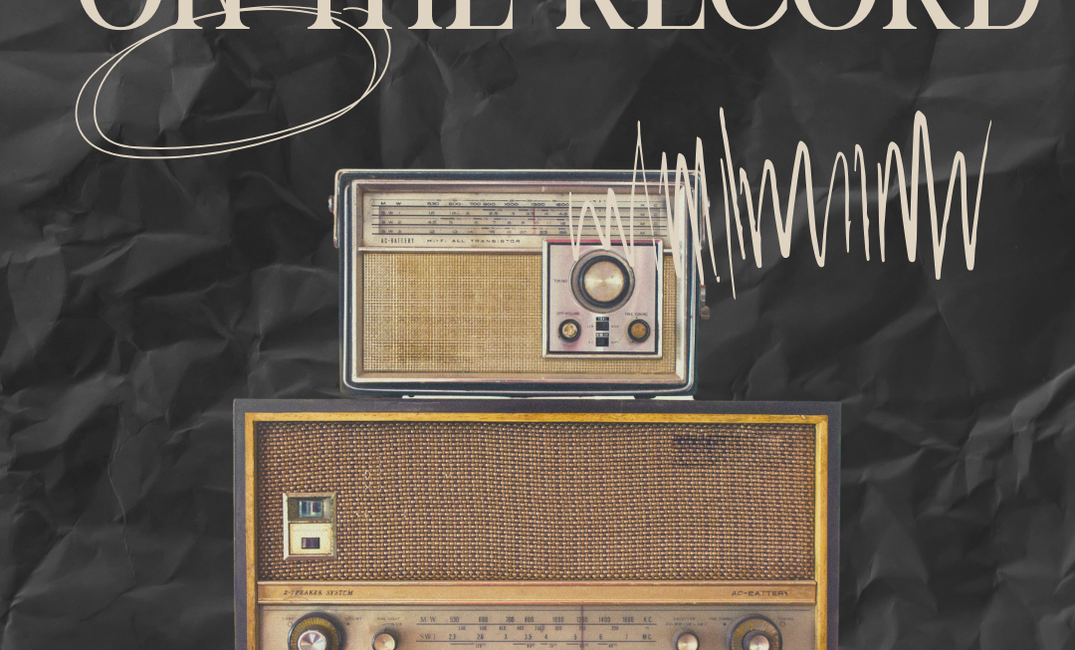First year into switching from hardcore music tech based journalism to simply “music” journalism seemed like a better change of lane. I got to attend festivals, got to speak to the artists, got a chance to reach the depths of music making by spending time with the artists and their workflow. This was all just a superficial glittery decoration of the Indian music’s journalism. One could see past the glitter only if they stuck around for a bit and had the courage to stare at the mundaneness of this. People from the industry don't really do that.
Over time I realized that the creating and publishing of articles was a never ending cycle of the indulgent marketing teams, especially for the indie music brigade. You see, the meaning of "indie music" is much different from what the West considers it to be. In the west, the word 'indie' can mean two things. One, independent of any music labels, made with the artist's money. Two, 'indie' as a music genre, which can be best described as urbanised folk music. In India, 'indie music' simply stands for Indian music produced in exclusion of the Bollywood industry. Fair. We can have our own definitions. But it is often these non-Bollywood artists that scream about how difficult it is to make it to the top on their own. And it is often that these artists are however already signed by a music label with a high budget on PR, marketing, and branding. None of these activities are bad activities. In fact they are necessary activities for any individual to survive in their career. The problem is how these activities are planned. I will try to keep my ranting of music becoming a business to the minimum and come straight to the point on the effect it has on music journalism.
At music labels, there is a group of employees whose job is to become like brokers in a trading company and reach out to various publishing houses to have them write about the said artist. It's part of the campaign, right? It increases the reach.
Yet, it doesn’t increase their reach. Why is that? Perhaps the readers don’t see any credibility in the articles and reviews that are being written. In India, the journalists are downgraded to mere Instagram content creators. Headlines with big adjectives like "Eclectic", "Introspective", "Cathartic" etc. Again, nothing wrong with the words. What's wrong is the lies. I had fallen into the same trap too. “Making your subject look cool, makes you look cool.” This thinking ignites a sense of pride in critics. A short lived pride. Because a dishonest article will eventually make us feel like we sold our talent for validation. One of many examples is a review of Harrowing Dearth’s EP. Below an excerpt from the review titled “Sikkim’s Harrowing Dearth’s Eponymous EP Blends Punk Fury with Prog Precision”:
“Harrowing Dearth’s self-titled EP is a profound exploration of human vulnerability, blending punk intensity with progressive complexity. Each track offers a unique perspective on emotional and psychological struggles, unified by the duo’s commitment to pushing musical boundaries.”
Now the EP isn’t bad, musically it is rich, but claiming that the duo has “commitment to pushing musical boundaries” is a stretch. There’s not a line of criticism in that review. Such writing is promoted by authors, publishers, artists and artist management. The reason why I call these 500+ words worth of articles as being reduced to Instagram posts is because that is the value the industry and the writers themselves have put to it. There is no depth to it, and there is no truth to it.
All the critics in the country are not bad though. Anurag Tagat’s review of Raman Negi’s Chaltey Purzay is an example of ‘to-the-point’ review. No bombastic words, but a pure breakdown of the album.
Artists and their team want good looking thumbnails with pompous words written about them to show as evidence of making good music. In the end we are left with substance-less hollow journalism. There is no value to it. Every journalist tries to play it safe thinking 'I don't want to provoke an unwanted interaction' and such a state of people-pleasing is quite shameful as a journalist.
One hope of mine is that the authors and journalists take a step back and evaluate the music and the depth of the article before sending it out for publishing. Don't be a medium for artists to propagate their voice through you. Authenticity is great. Podcasts like Maed In India, nd VJ's playlist are a great example of authentic journalism. Let’s ask difficult questions, stir some drama and build a stronger control over the publishing segment. It is a music industry, we can't let it be so bland.

